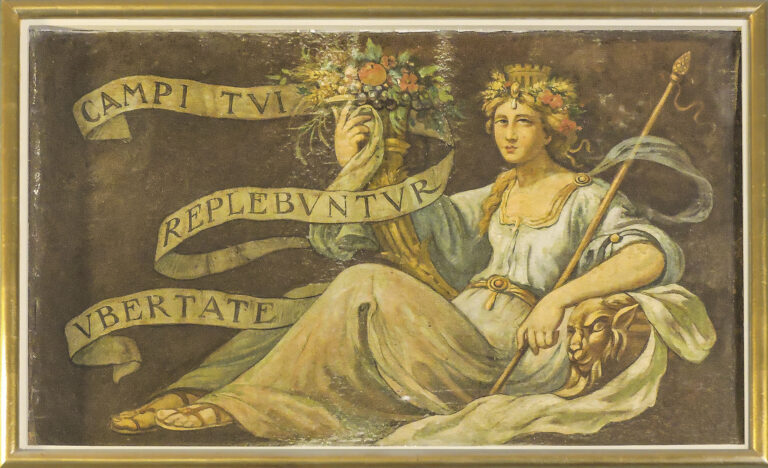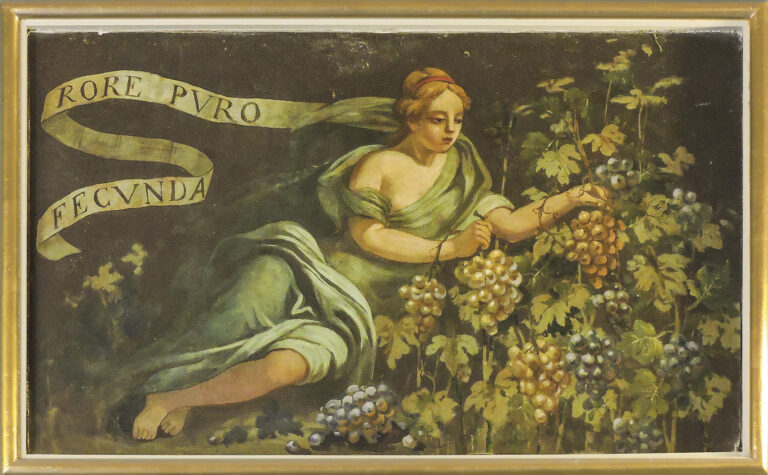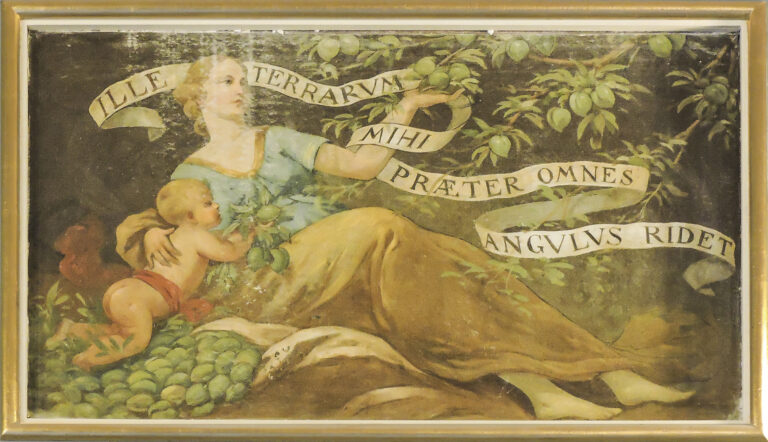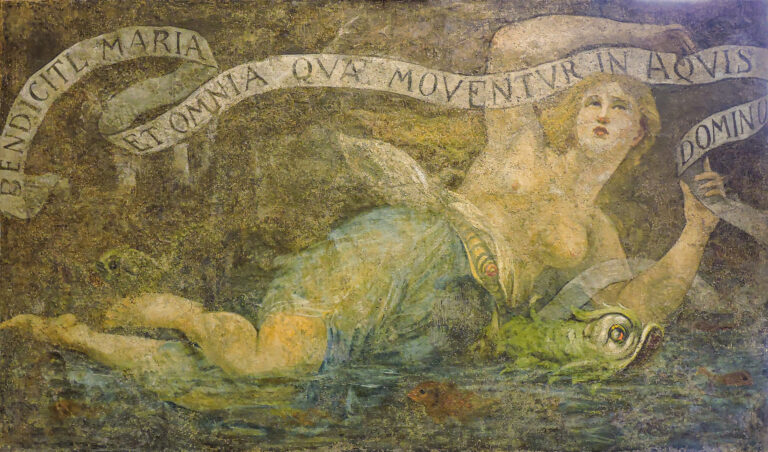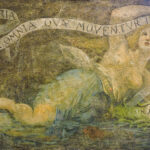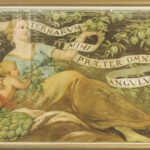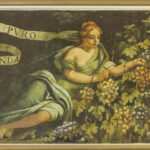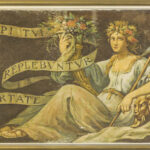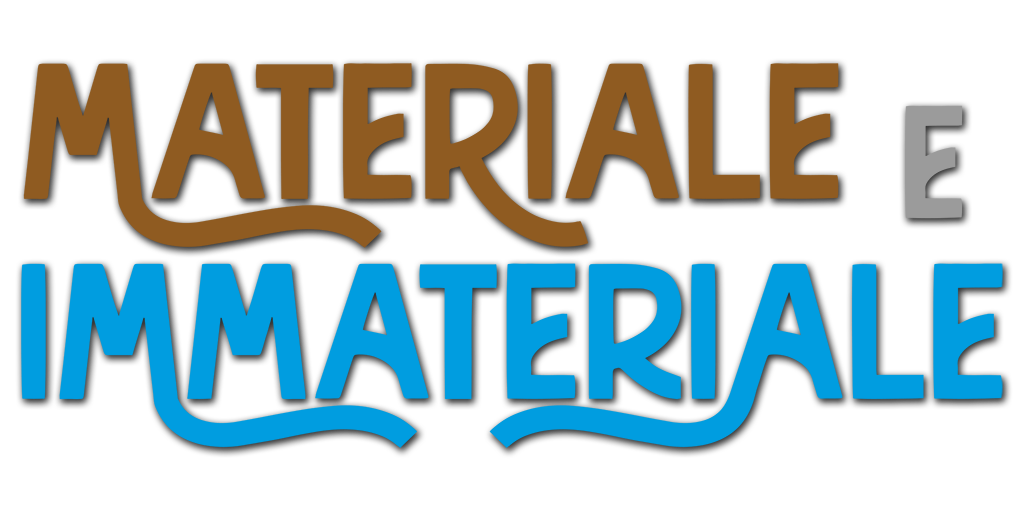
Demoethnoanthropological exhibition about the district of Avola
The present exhibition of a demoethnoanthropological nature, that is, inherent in the expressions of collective cultural identity, stems from a careful analysis of the district of Avola, with its thousand-year history, its agricultural vocation and folkloristic and religious traditions still live in the daily life of its community.
Every people, community or group leaves traces of their association or experience within the territory they inhabit. Until some time ago when the story was investigated or told and the evolution of a people was only focused on what was the material trace, that is, those testimonies connected to “tangibility”, such as buildings, tools, weapons, containers, votive objects. These assets, elements which were also recognized as having a cultural value, therefore constituted the cultural heritage of the community of reference.
Further and more recent investigations and studies on the topic have started a debate, which is still ongoing, and have extended the definition of cultural heritage also to those “intangible” elements that cannot be attributed exclusively to “materiality”.
The process for the recognition and protection of these elements was thus started, and thus in 2003, on the occasion of the 32nd session of the UNESCO General Conference, the signing of the Convention for the Safeguarding of the Intangible Cultural Heritage, which then entered into effective in 2006.
This new convention was born from the desire and need to protect and safeguard the Intangible Cultural Heritage of each people in order to guarantee its identification, conservation and transmission, implementing the sense of identity on the part of a community, and encouraging respect for cultural diversity and between communities themselves.
The definition of Intangible Cultural Heritage includes the practices, representations, expressions, knowledge, know-how as well as the tools, objects, artefacts and cultural spaces associated with them – that communities, groups and in some cases individuals recognize as part of their cultural heritage, therefore the knowledge and knowledge that are handed down from one generation to another, oral expressions, social customs, customs and rites, as well as musical or theatrical art and agricultural, livestock and craft techniques and practices related to the food and wine sector.
The “Material and immaterial” exhibition aims to help people rediscover the modus vivendi of the Avolese community, with particular attention to the historical period that can
indicatively be between the second half of the nineteenth century and the decades following the Second World War; an era which, although chronologically not distant from the current one, is characterized by daily rhythms and gestures profoundly distant from the frenzy that marks the present.
The rediscovery of Avolese peasant life does not want to appear as a mere nostalgic re-enactment of the past, but is aimed at the rediscovery of one’s origins and the creation of an intergenerational dialogue, with an eye towards current and future themes, such as sustainability, linguistic culture locality, biodiversity, identity regeneration, which are conveyed through knowledge of the material and immaterial assets belonging to the local community.
The transmission of the inheritance of a historical memory to future generations necessarily passes through the conservation, valorization and promotion of anthropic activities concerning not only the agri-food products and the food and wine excellences of the Avola area, in particular the Avola Almond and the Nero d’Avola, but also of all those popular and religious traditions that have marked and still constitute the knowledge and thought of the resident community.
